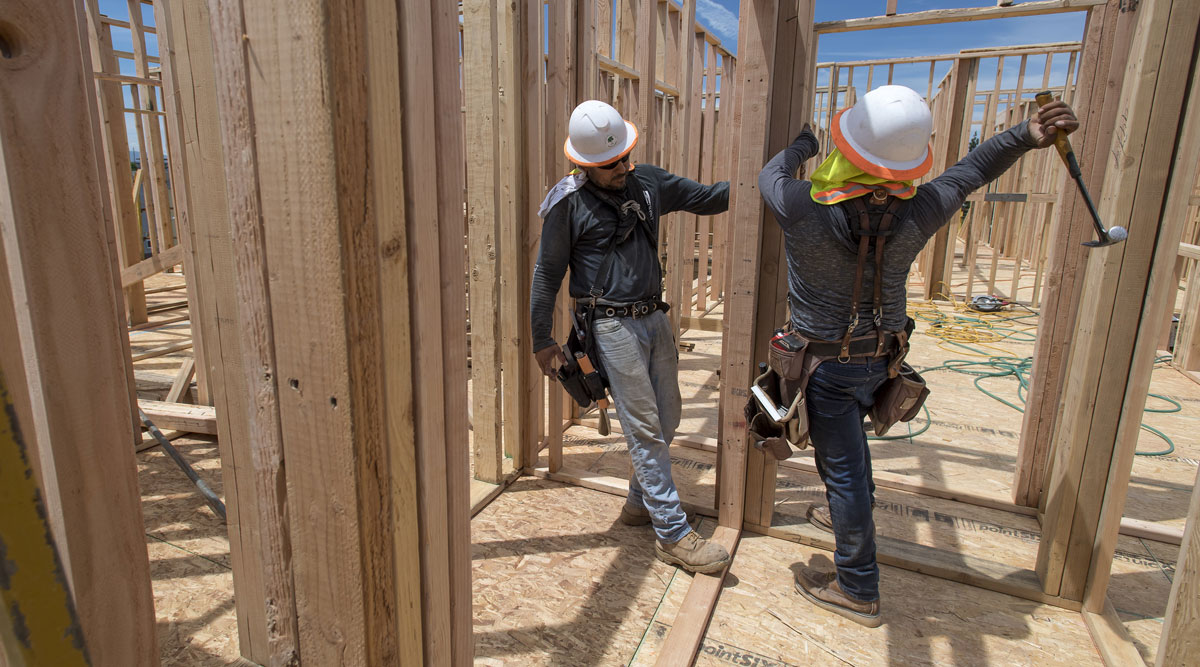Drops in US Housing Starts, Permits Show Sector Weakness

Unexpected declines in U.S. new-home construction and building permits in April indicate the market is off to a weak start this quarter, government data showed May 16.
The results indicate that residential construction is at risk of dragging down growth in the second quarter, lessening any economic rebound after weakness in the previous period. Other indicators of housing demand remain healthy, suggesting that part of the decline in starts and permits could be attributed to shortages of labor and ready-to-build lots, as well as unusually warm weather that may have moved up construction earlier in 2017. Steady hiring and healthier finances are likely to continue to drive home purchases in coming months, echoed by a rise in homebuilder confidence to the second-highest level since 2005.
Economist Views
“It’s a little bit of a concern, but these numbers do bounce around,” said Scott Brown, chief economist at Raymond James Financial Inc. in St. Petersburg, Fla. “The overall trend is still higher, and the backdrop for housing is still favorable.” He added that warmer weather earlier in 2017 “may have pulled some activity forward. So we’ve got to take these numbers with a grain of salt. It’s only one month.”
The report “looks suspiciously like the start of a downward trend, but none of the other recent housing data support that conclusion,” Ian Shepherdson, chief economist at Pantheon Macroeconomics Ltd., wrote in an e-mail to clients. “At this point, then, we think it would be very premature to assume that the weakness in the latest data will persist. We expect a clear rebound over the next few months.”
Other Details
- Single-family house construction rose 0.4% to an 835,000 rate from 832,000 the prior month.
- Work on multifamily homes, such as apartment buildings and condominiums, fell to an annual rate of 337,000; data on these projects can be volatile.
- Northeast and South regions posted declines in starts, while Midwest and West showed gains; Northeast starts were the lowest since February 2015.
- Report includes revisions dating to January 2015.
- Data released by the Census Bureau and Department of Housing and Urban Development in Washington.

